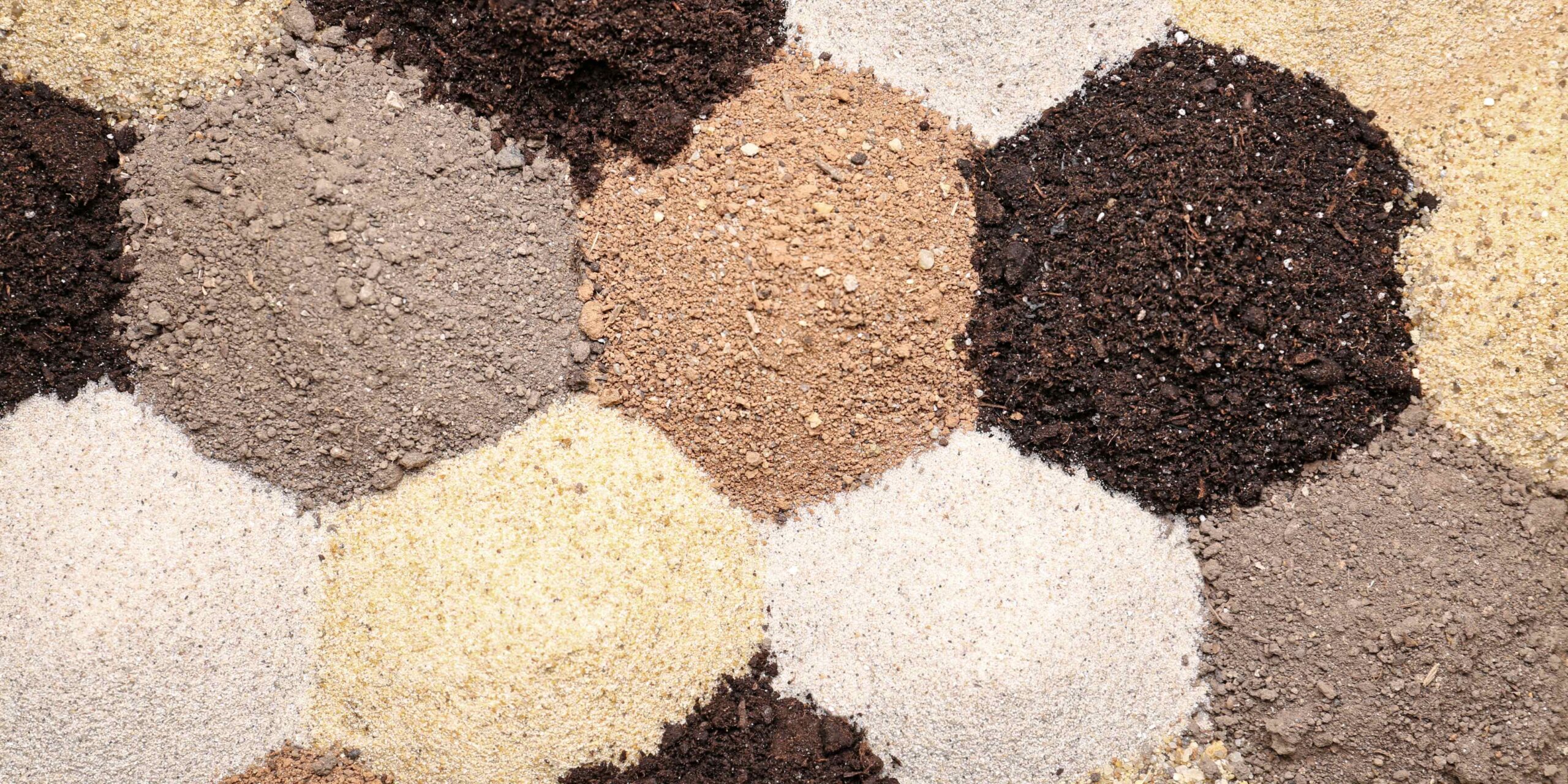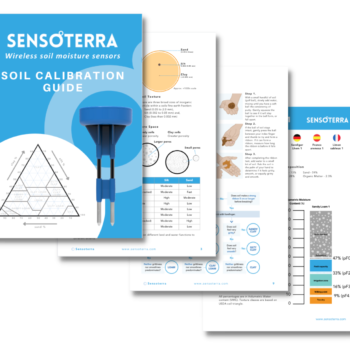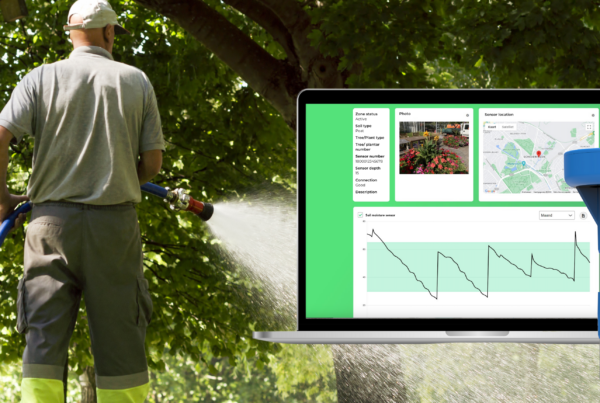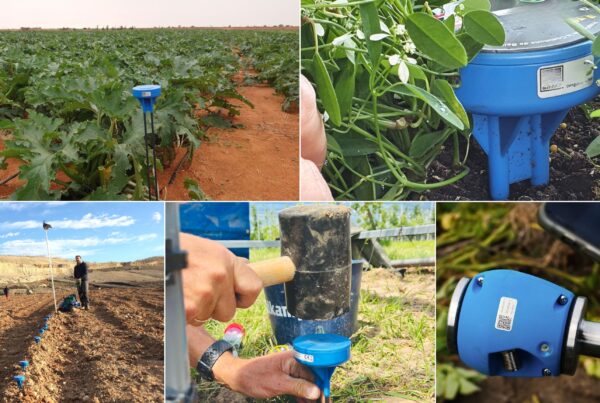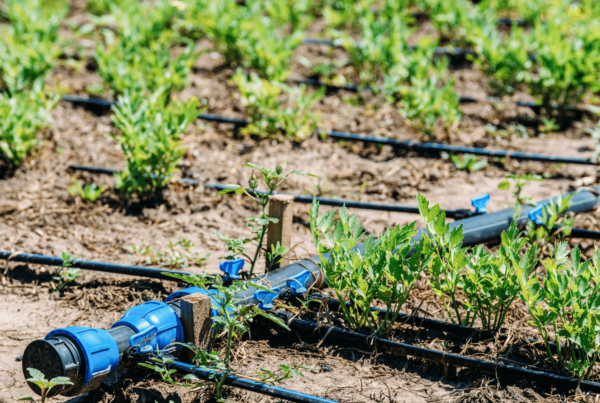Soil texture as an influence on capillary function
In this series we help to identify actionable insights with soil moisture data by identifying soil moisture behavior. Why are there fluctuations in soil moisture levels from day to night? What is capillary function, and how can it be identified across soil horizons? What is the role of plants and capillary function? How do different soil textures influence water flow within soil? We’ll aim to answer these questions and more in this series on interpreting soil moisture data and capillary function of the soil.
The capillary function of soil can vary significantly depending on the soil texture or type. Soil texture refers to the relative proportions of sand, silt, and clay particles in the soil, and it plays a crucial role in determining how water moves through and is retained within the soil. Here’s how the capillary function differs by soil texture/type:
- Sandy Soil: Sandy soils have relatively large particles with significant gaps between them. Capillary action is limited in sandy soils because the larger spaces between particles do not hold water as effectively.Water tends to drain (gravitationally) quickly through sandy soils, and they have a low water-holding capacity.
- Silty Soil: Silty soils have smaller particles than sandy soils, but they are larger than clay particles. They have moderate capillary action, allowing them to retain water better than sandy soils but not as effectively as clay soils. Silty soils typically have a moderate water-holding capacity.
- Clay Soil: Clay soils have very fine particles with a high surface area, and the particles are closely packed together. Capillary action is very strong in clay soils due to the small spaces between particles, which can hold water against gravity effectively. Clay soils have a high water-holding capacity and can retain moisture for extended periods, making them prone to waterlogging when saturated.
- Loam Soil: Loam soils are a mixture of sand, silt, and clay particles. They have a balanced capillary function, offering both good drainage and water-holding capacity. Loam soils are often considered ideal for most types of crops and plants because they provide a good balance of air and water in the root zone.
- Peat and Organic Soils: Peat and organic soils are rich in organic matter and are known for their excellent water retention capabilities. Capillary action is strong in these soils, and they can hold water for extended periods, making them suitable for water-loving plants but also prone to compacting when dry.
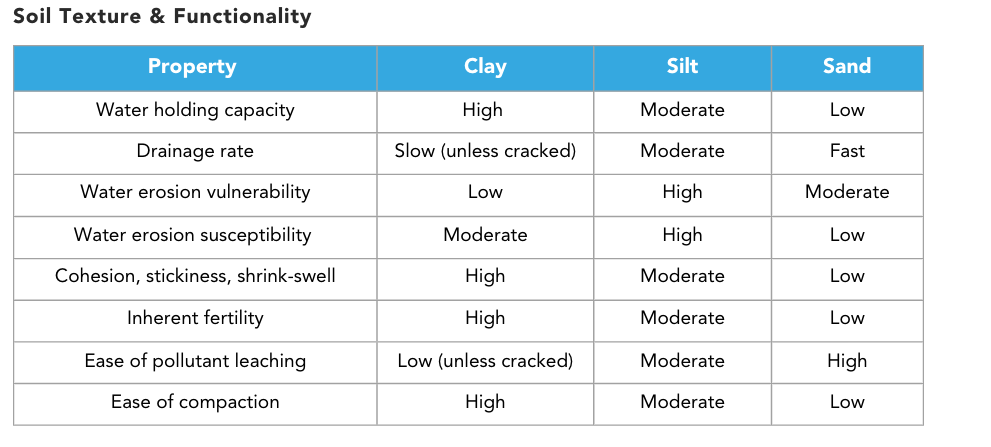
Soil texture significantly influences the capillary function of soil. Sandy soils have limited capillary action and low water-holding capacity, while clay soils have strong capillary action and high water-holding capacity. Loam soils strike a balance between drainage and water retention, making them versatile for various plants. Understanding the soil texture of a particular area is essential for effective soil management, irrigation planning, and crop selection.
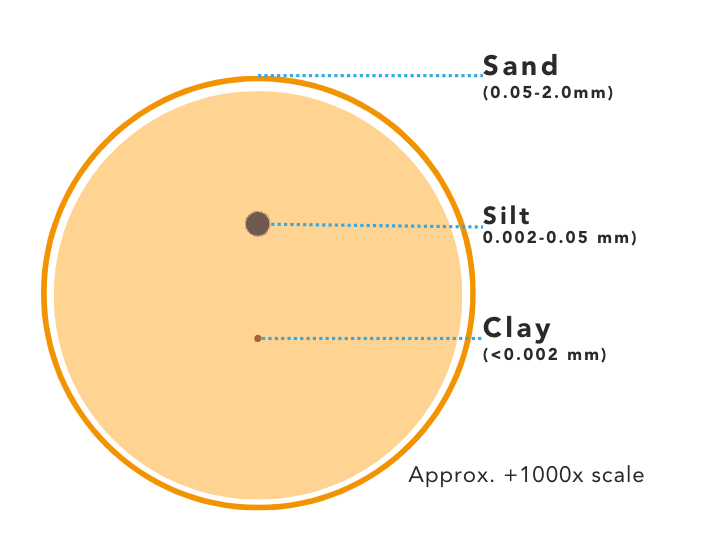
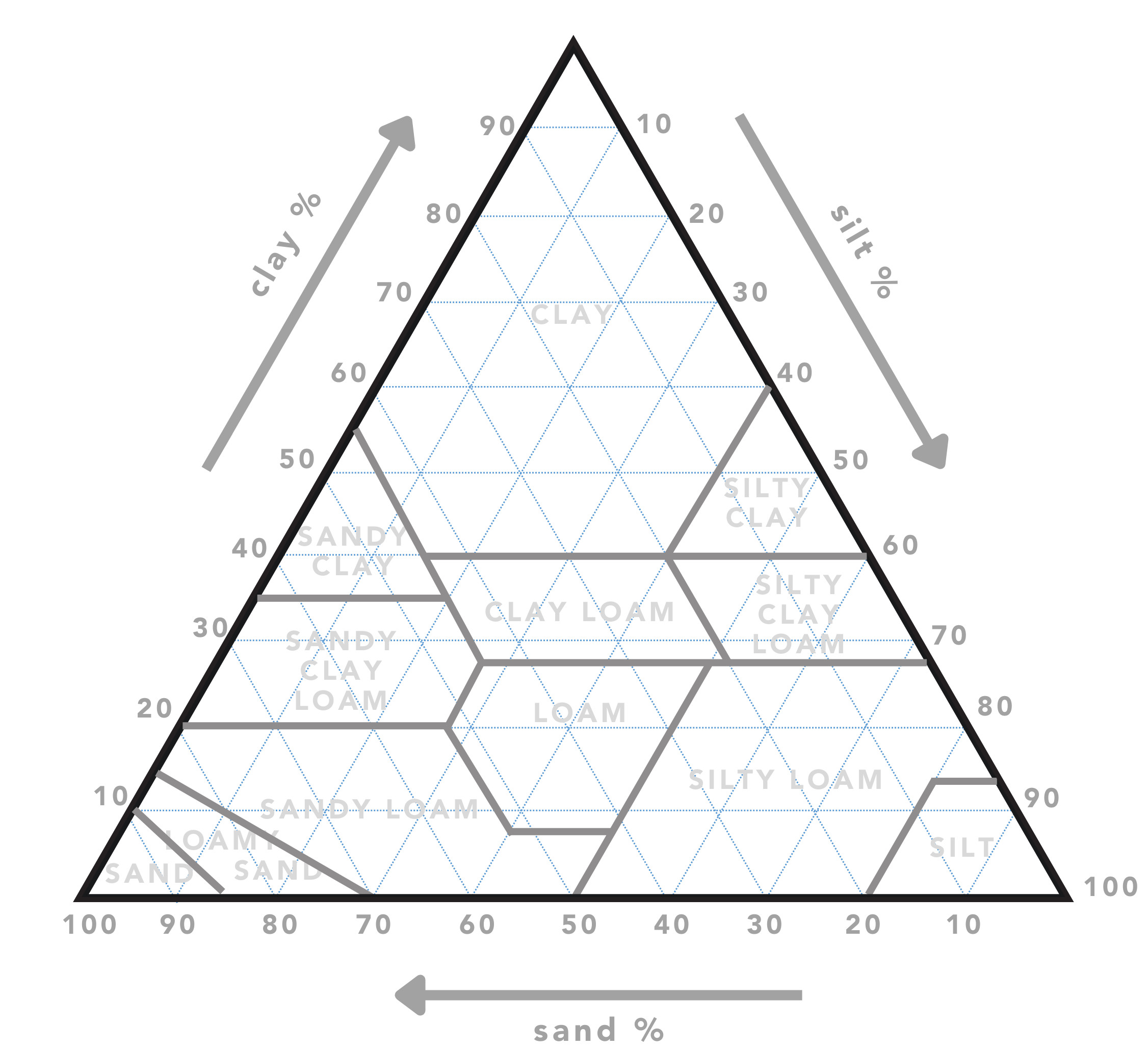
Different soil texture sizes influences water holding capacity and capillary function.
The USDA soil texture triangle breaks down the composition of soils used in Sensoterra standard soil calibrations
Soil Calibration
The Sensoterra sensors work in all soil types. However, the right calibration is crucial for improving the accuracy and precision of the soil moisture measurements. Sensoterra has its own laboratory, based in Utrecht, where soils are analyzed to add new calibration curves to continuously improve soil moisture accuracy.
We’ve put together this reader to support your decisions on selecting the correct soil type by sensor.
Why calibrating soil moisture data is important
To better explain this process, below are three soil calibration sheets from our free Soil Calibration Guide that show clearly the differences between soil texture and moisture behavior. Clay1, Loam1, and Sand 1 The volumetric moisture content differs greatly for the three, and this is why one-size doesn’t fit all, when it comes to soil. The points of saturation, field capacity, healthy irrigation zone, and wilting point, using the Volumetric Water Content and correlating pF values, vary greatly by soil type.
Continue the learning with identifying the influence of soil texture on water functionality of the soil with these related articles:
About Sensoterra
Sensoterra develops low-cost, simple, and robust wireless soil moisture sensors, providing actionable insights that enable water management platforms and solutions. Our sensors are built to integrate into any platform with our unique ‘API first’ philosophy – offering freedom and flexibility for data integration. It is our mission to enable water management platforms and solutions worldwide. We help by ‘Making Sense of Water’. We produce simple, robust, and low-cost wireless soil moisture sensors that are easy to deploy and built to integrate. With proven success in the applications of smart city landscaping, environmental monitoring, and precision agriculture, the Sensoterra solution integrates seamlessly in existing water and land management platforms.
Learn more at www.sensoterra.com
Contact for more information, pictures and/or interview requests:
Jessica Nuboer
Marketing & Communications
Sensoterra
Email: [email protected]

